Technology is transforming politics in profound ways, from communication to governance. Social media, artificial intelligence, and big data are reshaping vikingtoto how leaders campaign, how citizens engage, and how policies are made. This digital revolution presents both opportunities and risks.
Social media has democratized political communication, allowing leaders to connect directly with citizens. However, it also enables misinformation, polarization, and manipulation. The spread of fake news and algorithm-driven echo chambers undermines trust in institutions and weakens democratic debate.
Governments are increasingly using technology for governance. E-government platforms improve transparency and efficiency, while digital surveillance tools raise concerns about privacy and authoritarianism. Artificial intelligence offers new possibilities for policy analysis but also risks bias and abuse.
Elections are particularly vulnerable. Cybersecurity threats, foreign interference, and digital propaganda highlight the fragility of democratic processes in the digital age. Safeguarding elections requires international cooperation and robust regulations.
Despite the challenges, technology also empowers citizens. Digital activism, online petitions, and crowdfunding expand participation and accountability. Civil society now has unprecedented tools to challenge authority and demand change.
In conclusion, the intersection of technology and politics is reshaping democracy. The task ahead is to harness innovation for inclusion and transparency while protecting societies from manipulation and abuse. The future of politics will depend on how effectively we manage this balance.
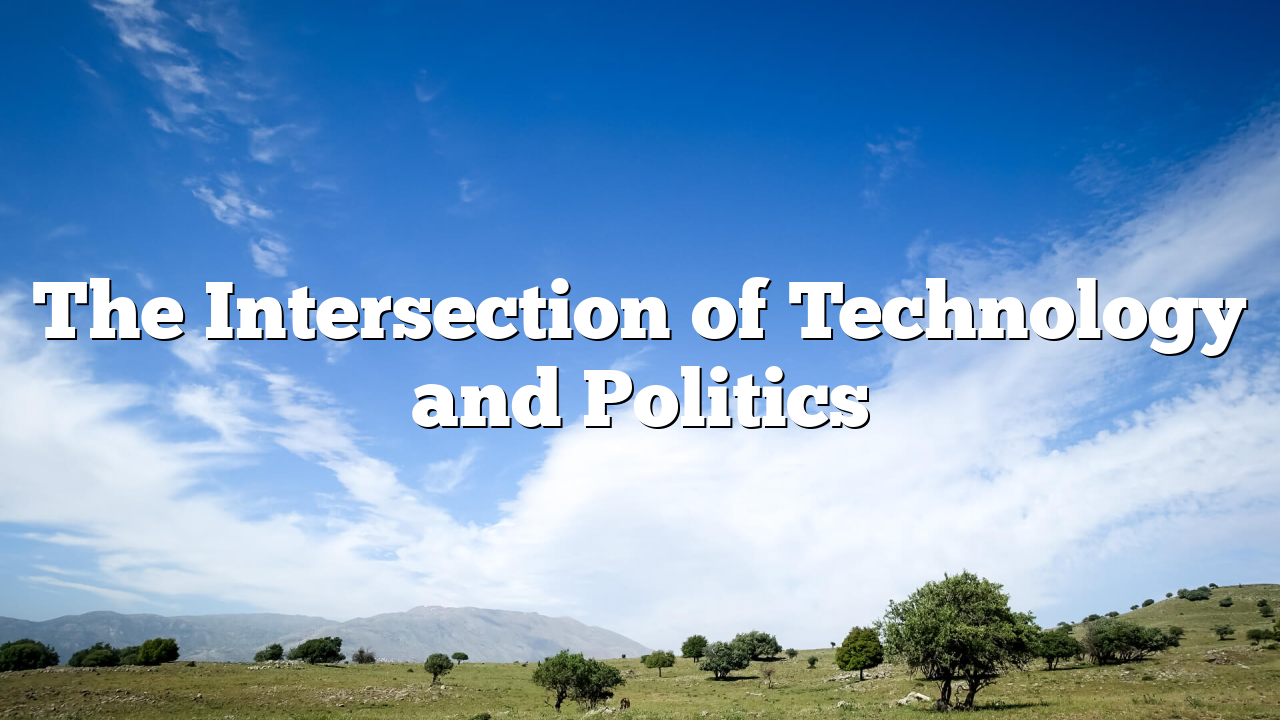
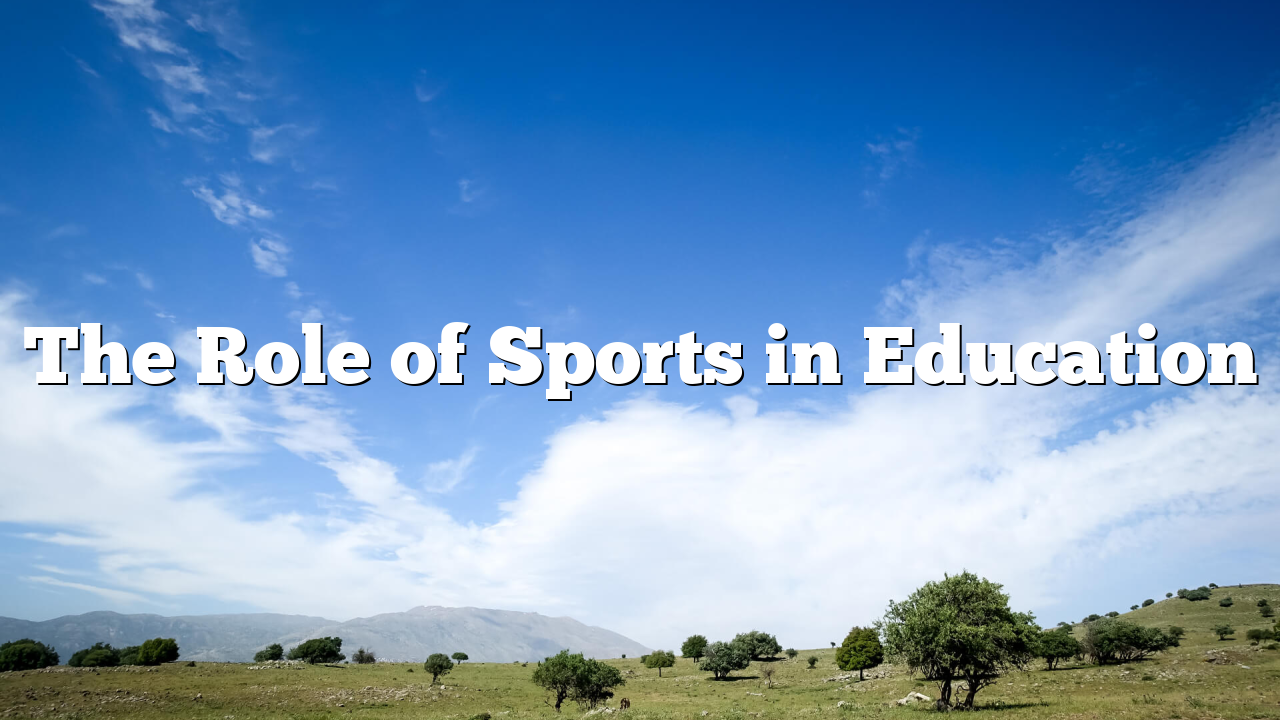
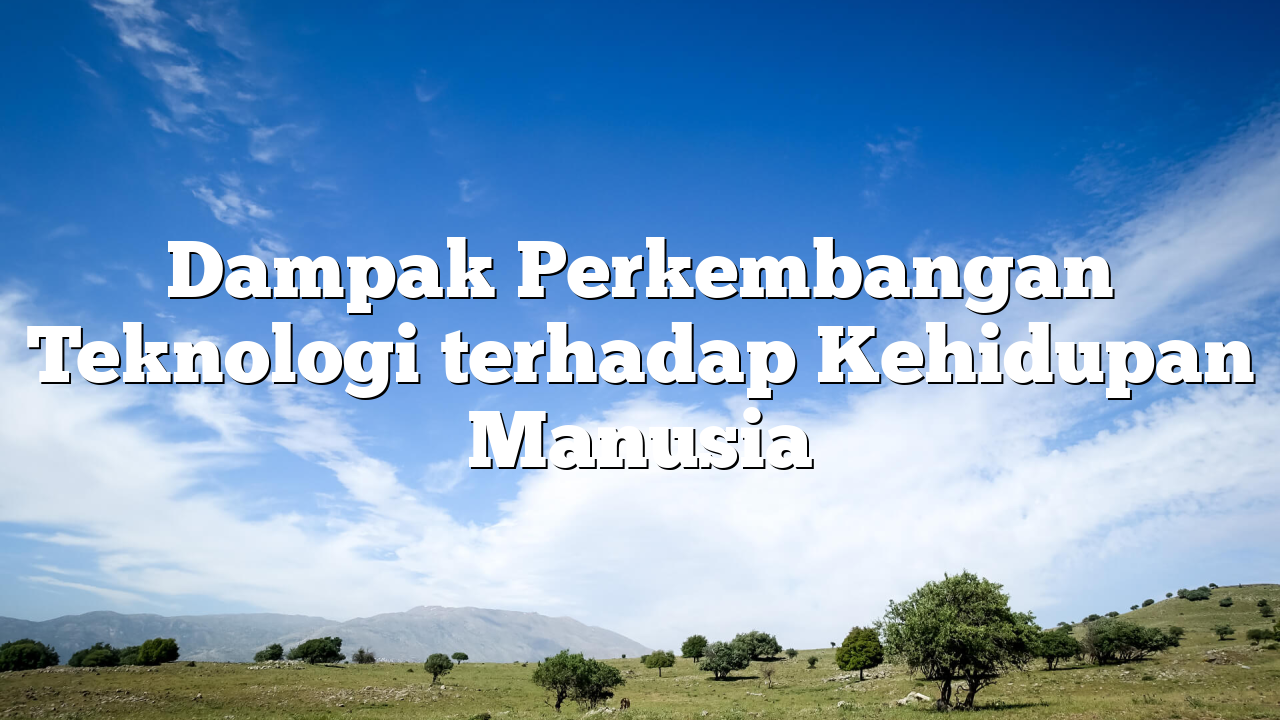
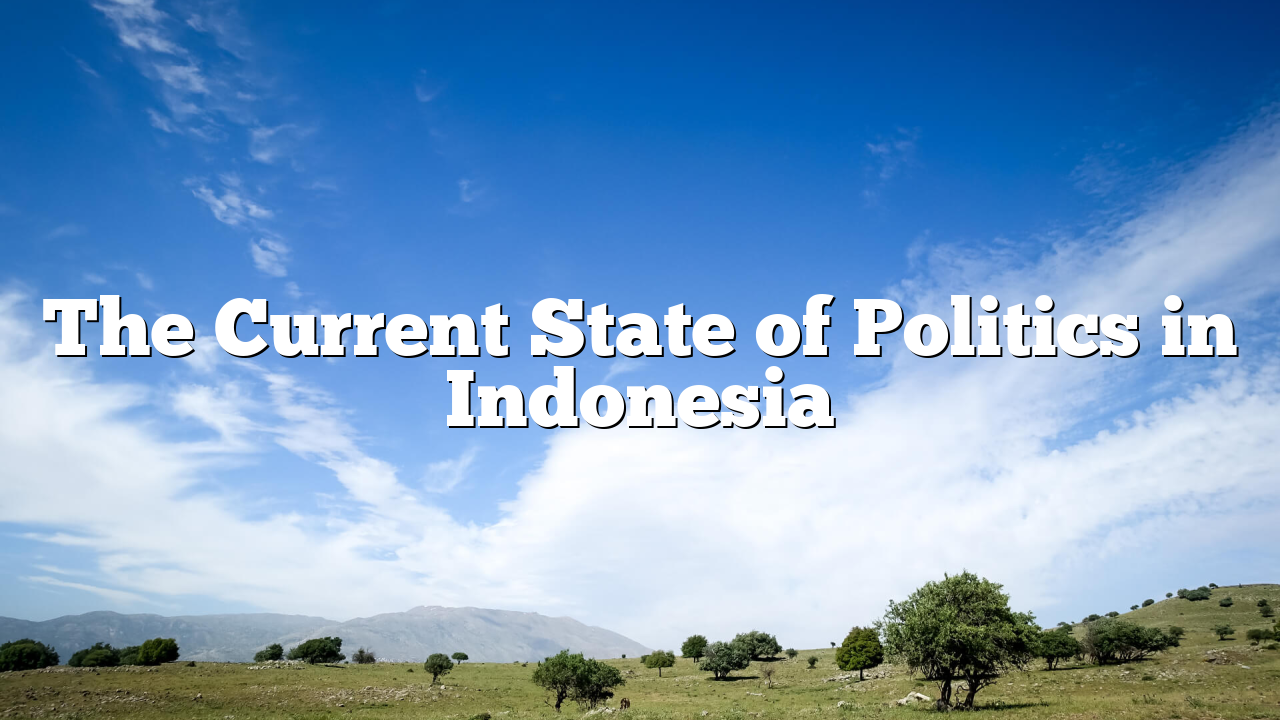
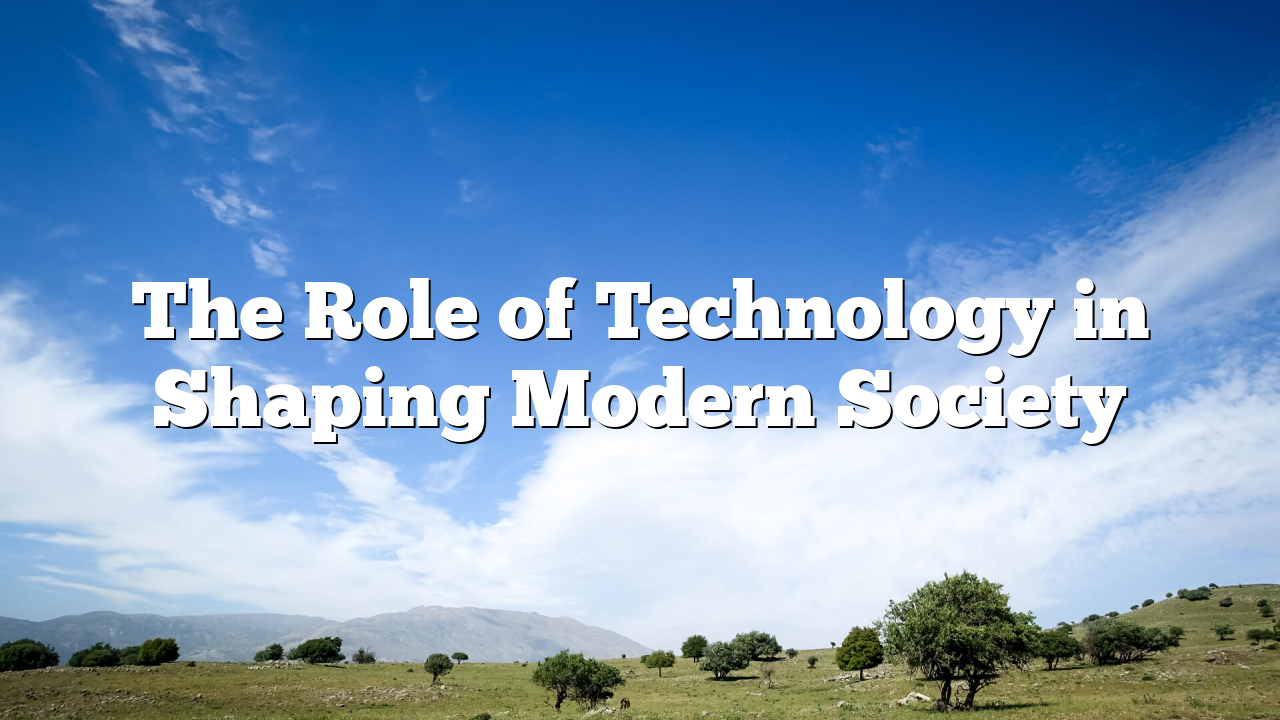
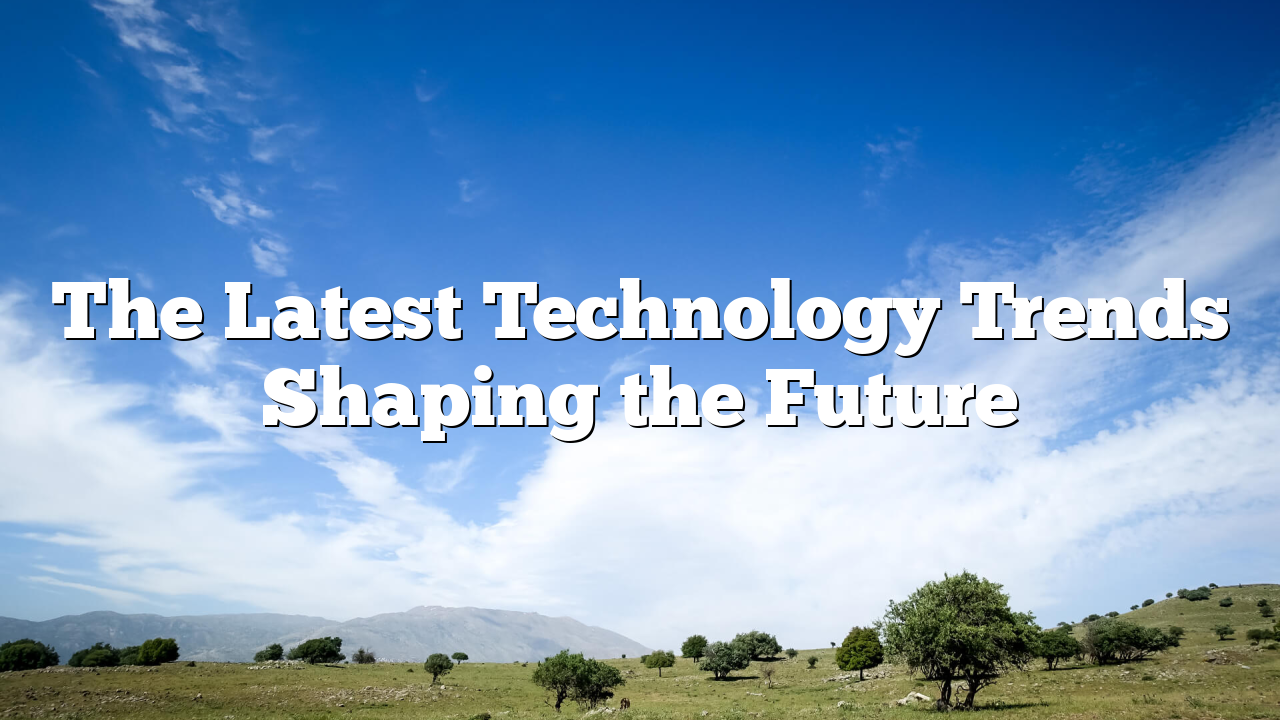
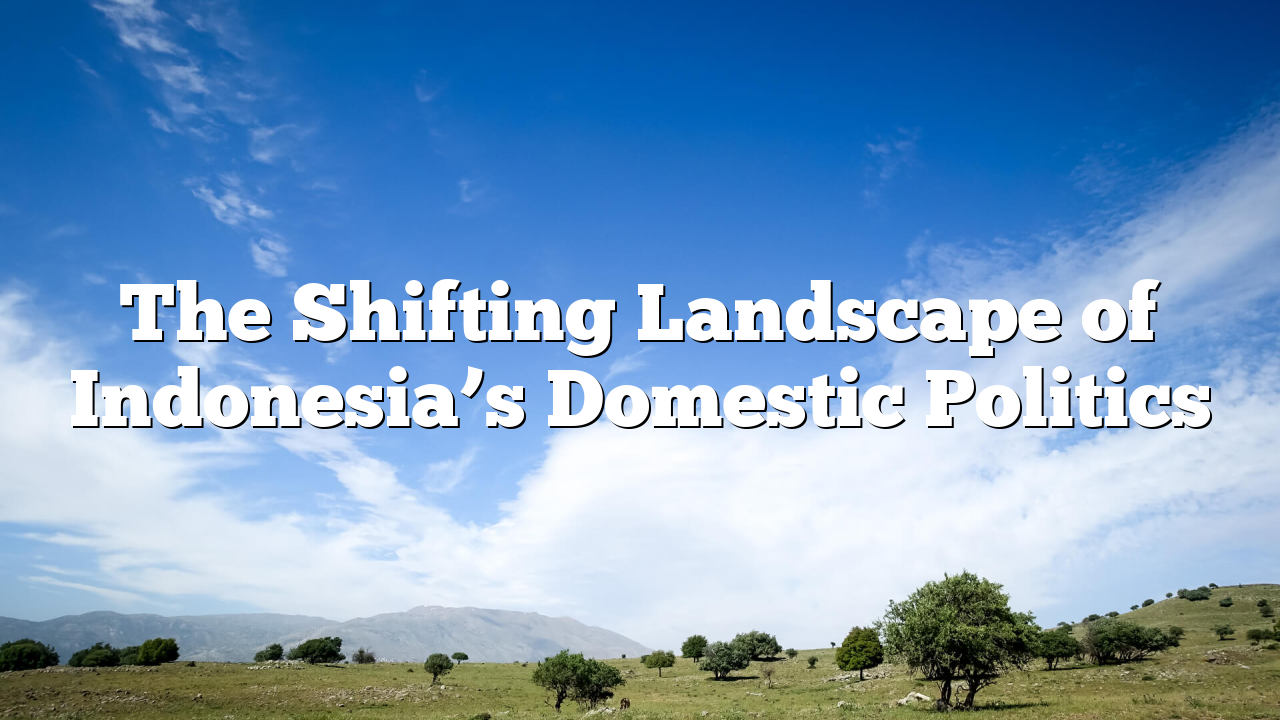
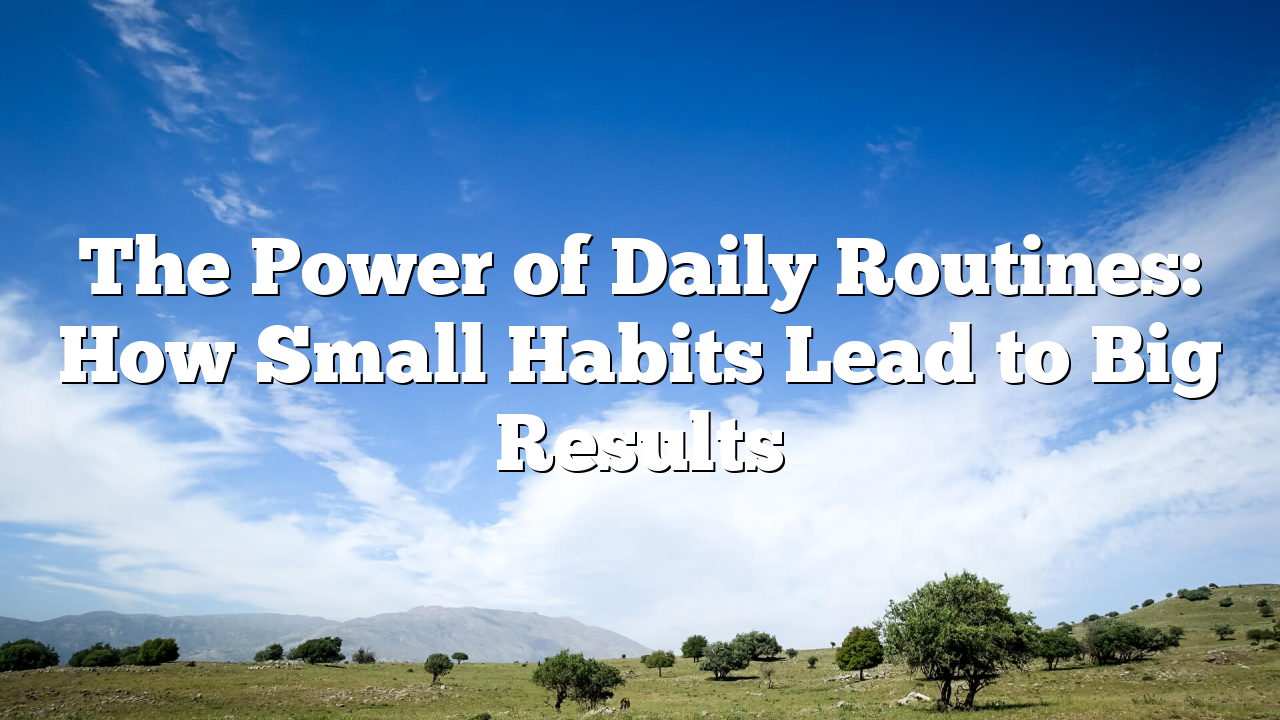

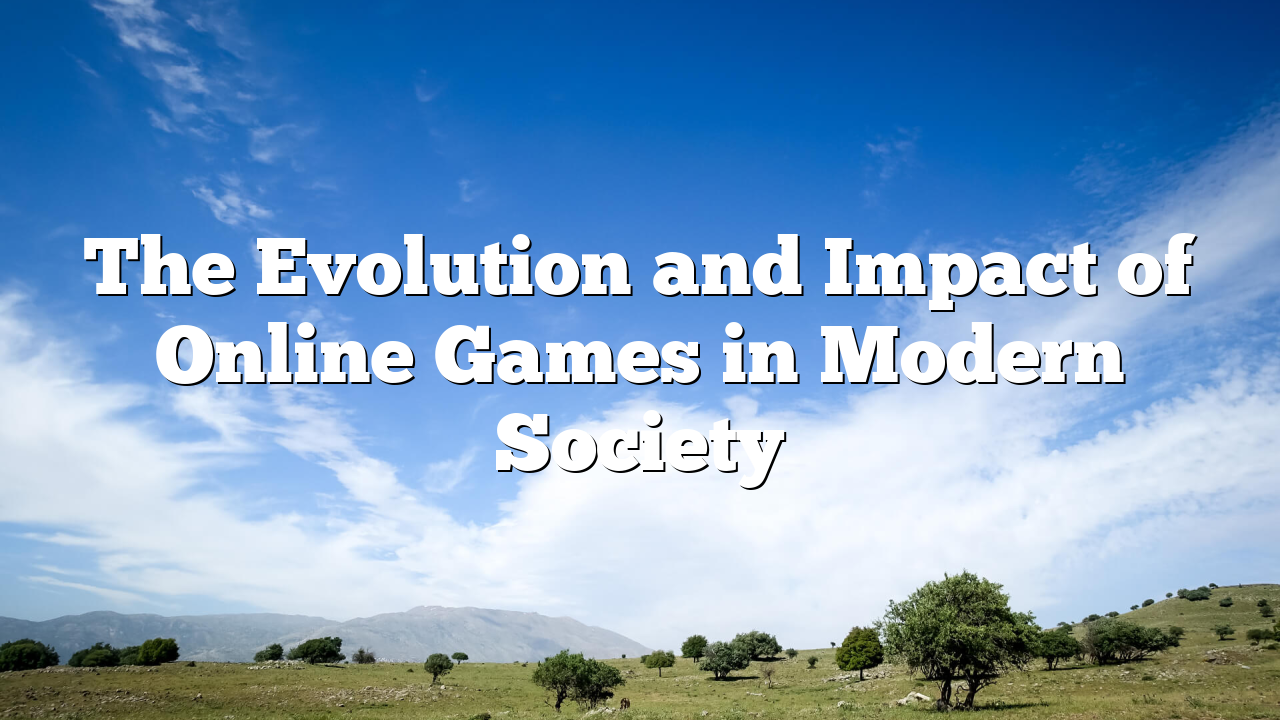
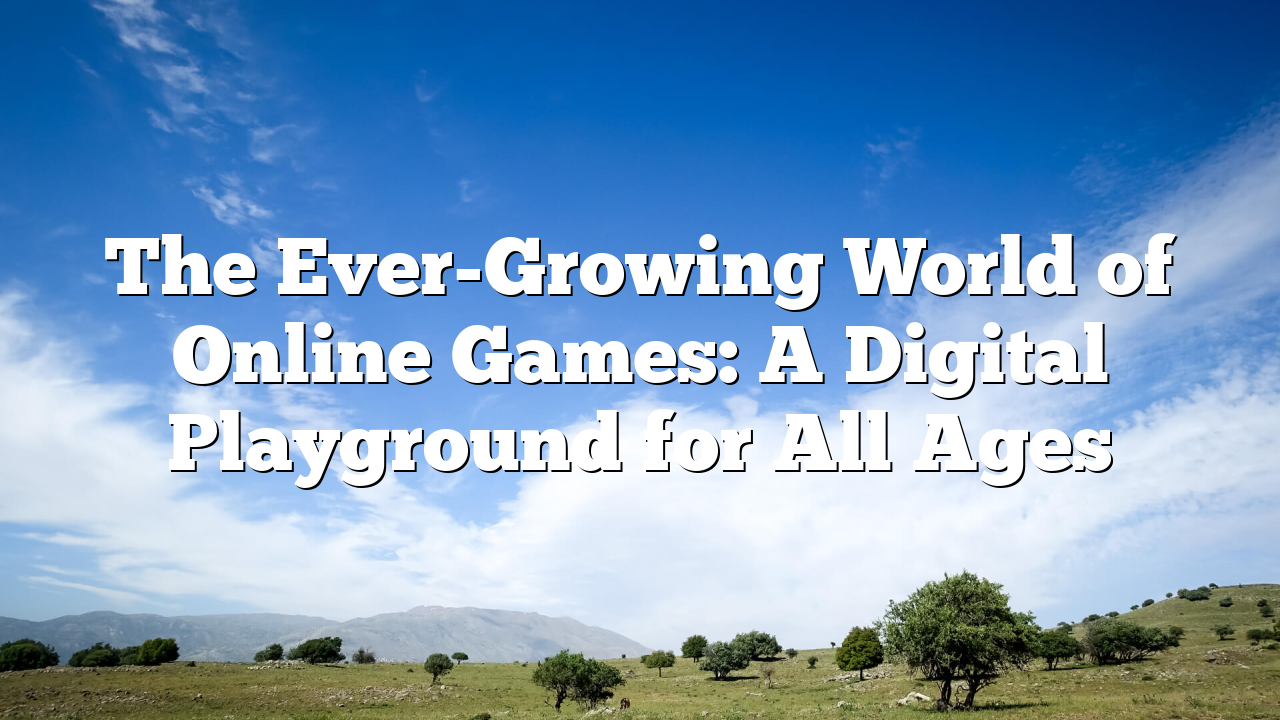
Leave a Reply